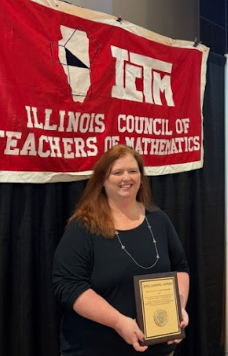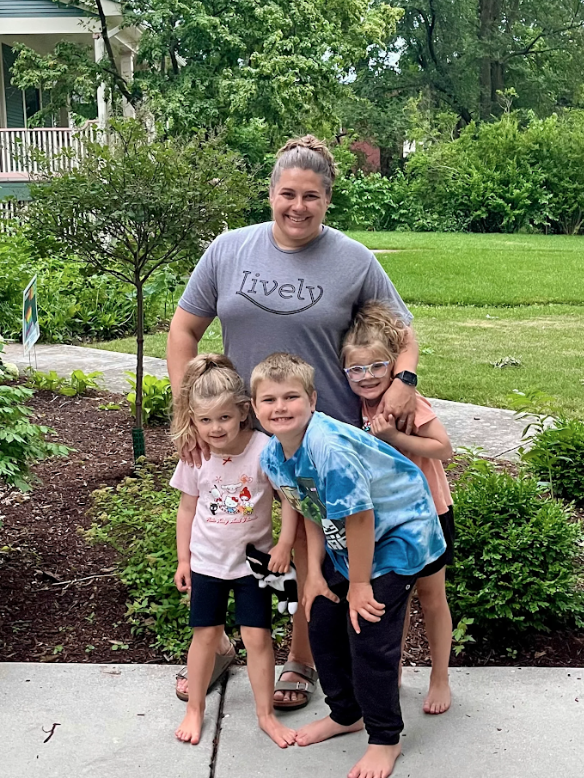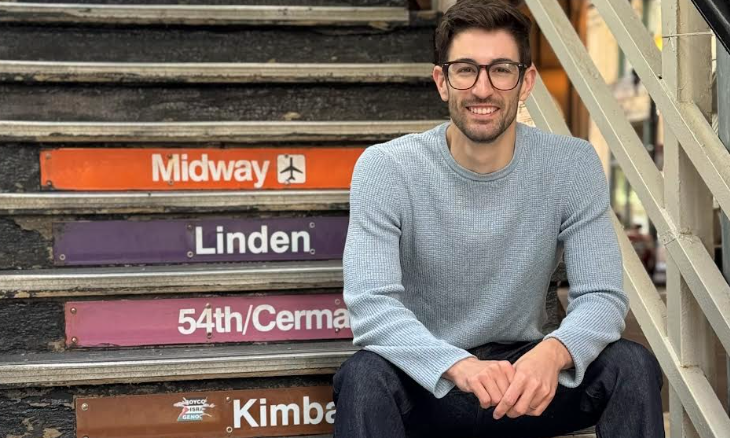The safety in schools has historically been considered mainly physical, but this school year Oak Park and River Forest High School has taken a large step towards prioritizing students feeling comfortable in the building.
“The social, emotional and behavioral all feed into the anxiety, how we feel about being in a space, how safe we feel, how welcomed we feel,” said Principal and Assistant Superintendent Lynda Parker.
To meet that goal, this school year four campus safety officers have been designated “behavior response leads” in an effort to minimize classroom disruptions. Teachers can call these specialists to de-escalate tense situations and keep students learning in classrooms whenever possible as opposed to leaving to be disciplined.
The behavior response leads are Carol Blackshear, Chadaryl Eskridge, Bobby Mahaffy and Anissa Molette, according to the staff directory.
Parker first observed the position in another school, and suggested OPRF implement a similar thing. Parker “worked with campus safety on it. What could we do to bring this to the school? How would it look? What are the protocols, how do we track what we’re doing?” The ultimate goal of the behavior response leads is to “try to minimize the amount of time a student is outside of the instructional class setting,” said Parker.
OPRF’s trauma-informed school interventionist, Curtis Diggs, helped with the training, guiding staff on “how to respond to calls and how to report to deans and even how to [recognize] ‘Hey, this is beyond my control’ so like who to go to to get the help.”
Though Diggs was hired in May 2022, the position itself has existed since January of 2021, according to Parker. It came about “around the time when a decision was made to remove SROs.” SROs, or school resource officers, are police officers located inside of the school.
Diggs defines safety in schools as “not only like a physical safety, but it’s also psychological and emotional safety.” He said this safety can be achieved by “promoting care for students, even doing like the wellness activities.”
According to Parker, the administration reasoned that, “Students who have adverse reactions even to law enforcement, oftentimes have trauma associated with that and could use more of a sensitive trauma-informed approach than a legal one.”
Parker gave an update on school safety to the school board’s Committee of the Whole on Oct. 12. The update was a follow-up to a safety meeting that took place on April 12, 2023. Conversations centered around safety were especially prevalent in the community after last year’s fight that triggered a soft lockdown on Nov. 1, 2022 and several other incidents, as the Trapeze reported in the 2022 story “School security called to question after Nov. 1 fight.”
The presentation cited an emphasis on social and emotional behavioral approaches, including trauma-informed supports and restorative practices.
Parker also told the board about physical safety protocols implemented this year, such as the hiring of six new security guards, something she advocated last year.
Moving forward, there will be even more “enhanced safety protocols” such as “trainings for campus safety staff” and “dedicated security camera personnel” according to the presentation. Thanks to the increase in security staff, a campus safety officer can now monitor the cameras at all times.
Parker said, about the camera monitoring, “I know that some people are like, ‘Oh, you know, we shouldn’t have to do that.’ Right. Well, there’s a lot of things we shouldn’t have to do …but we do it because it’s that added level of safety that’s necessary.”
Overall, school leaders and staff have reported a quieter start to this school year compared to the last one.
Mario Hernandez describes his experiences as a security monitor as “the opposite of last year,” when he was working as part of the custodial staff. “The students are more positive,” he said. “They seem more welcoming, like they’re eager to come to school.”






